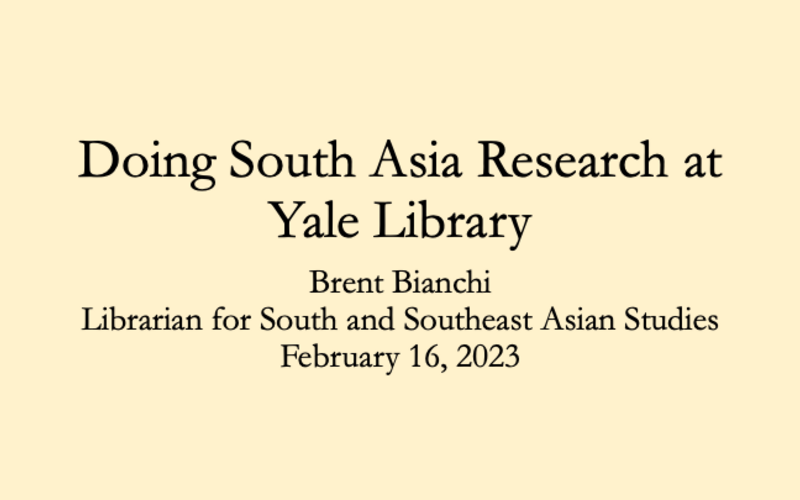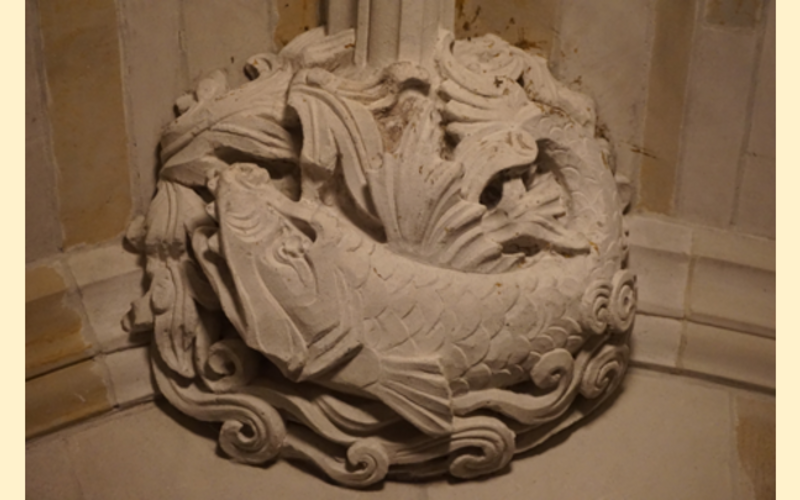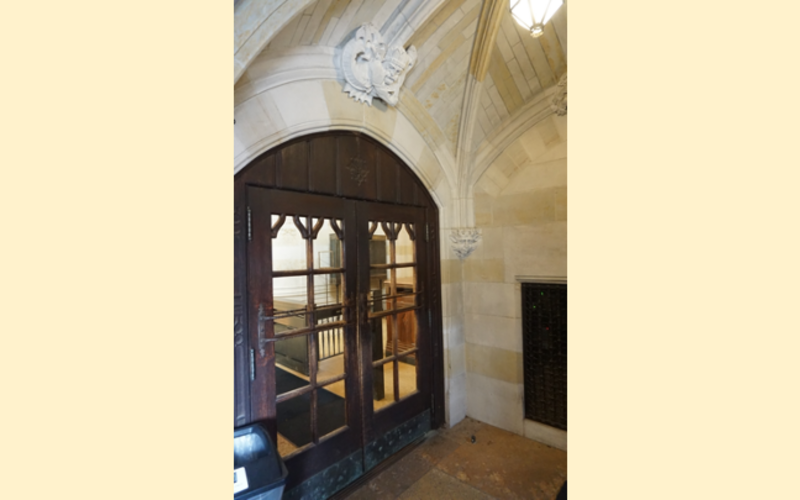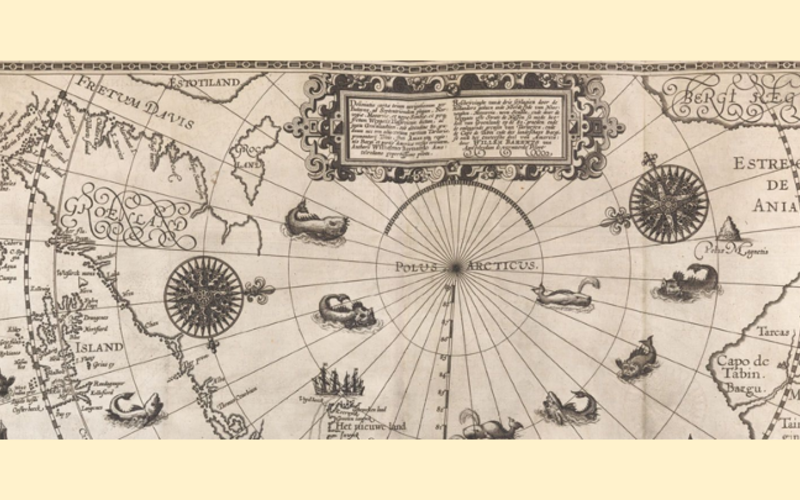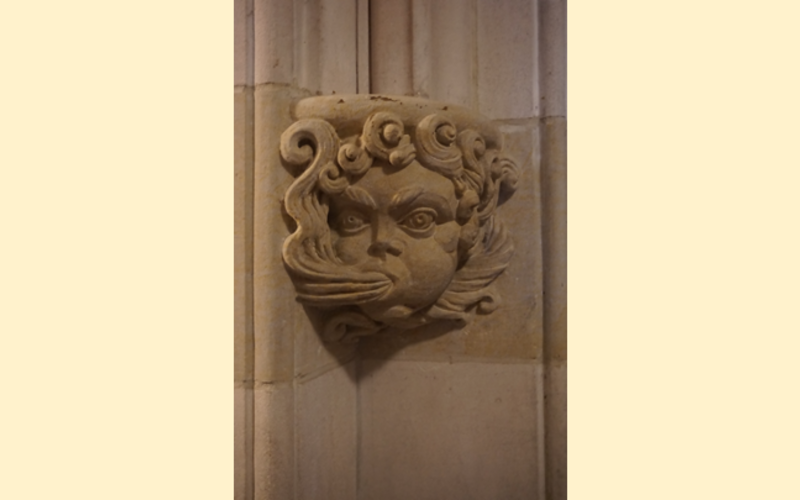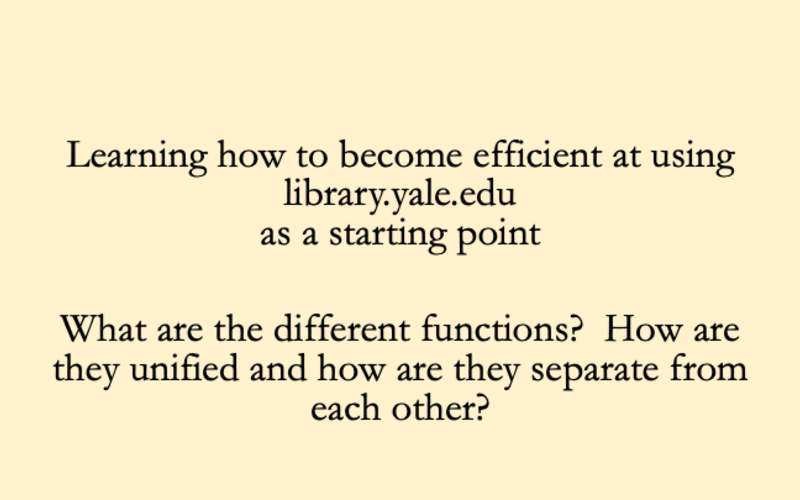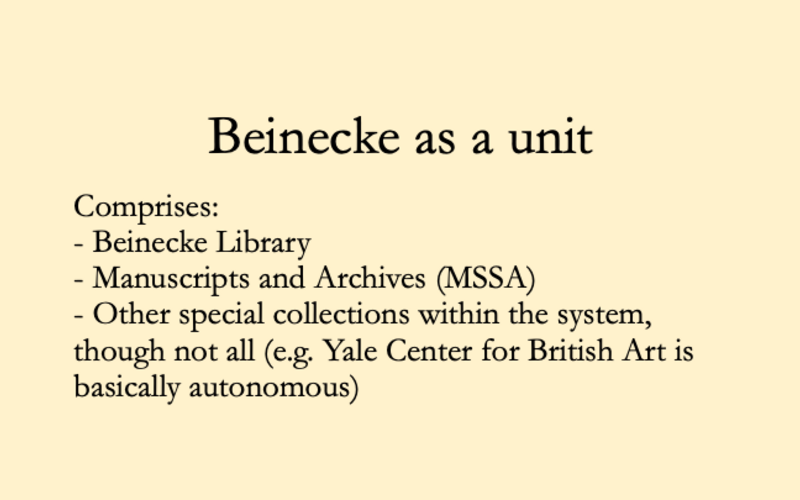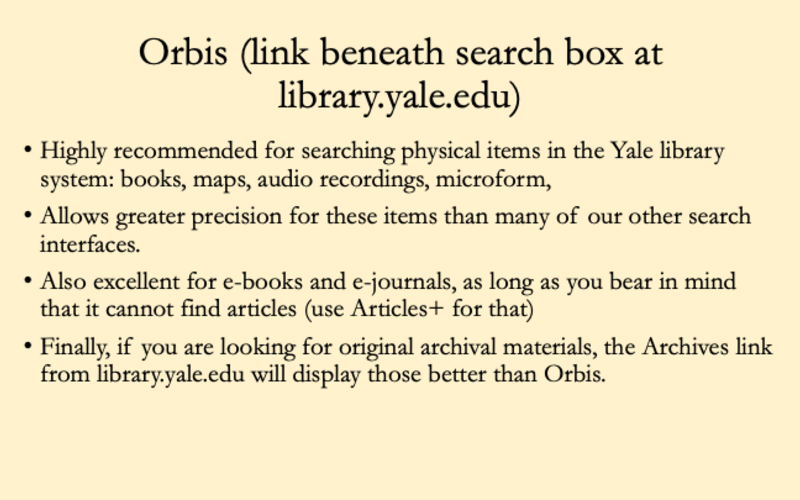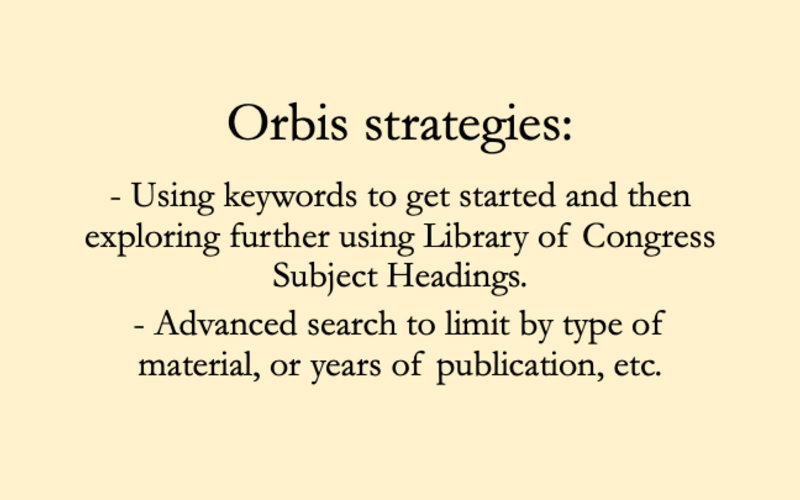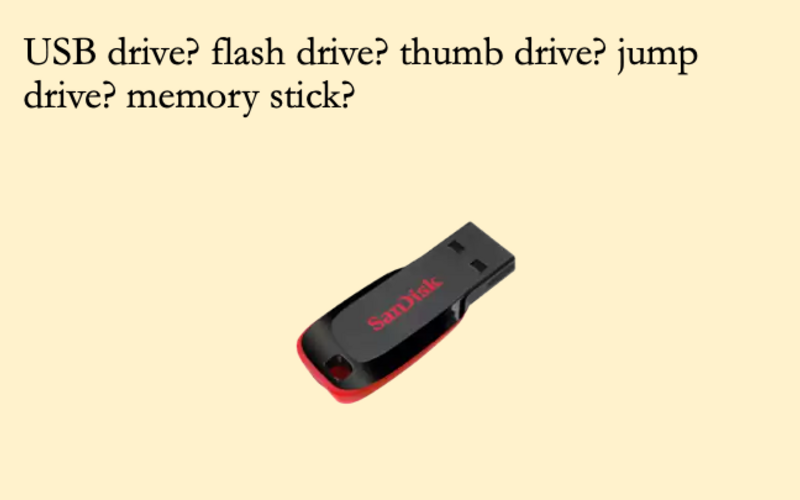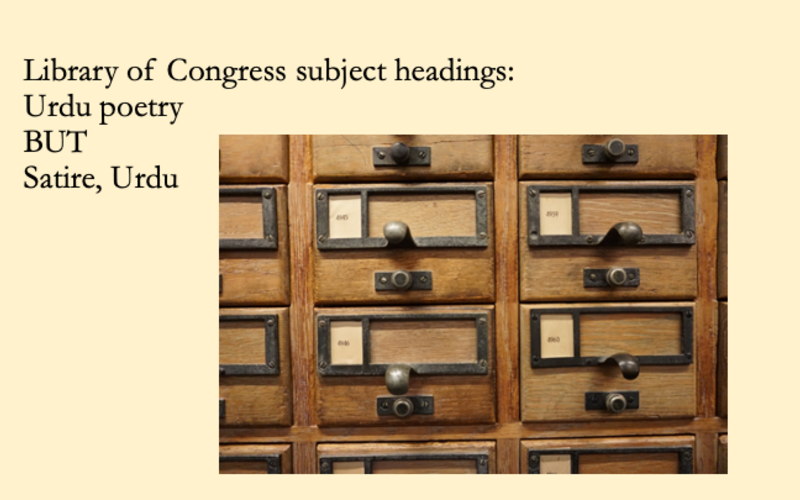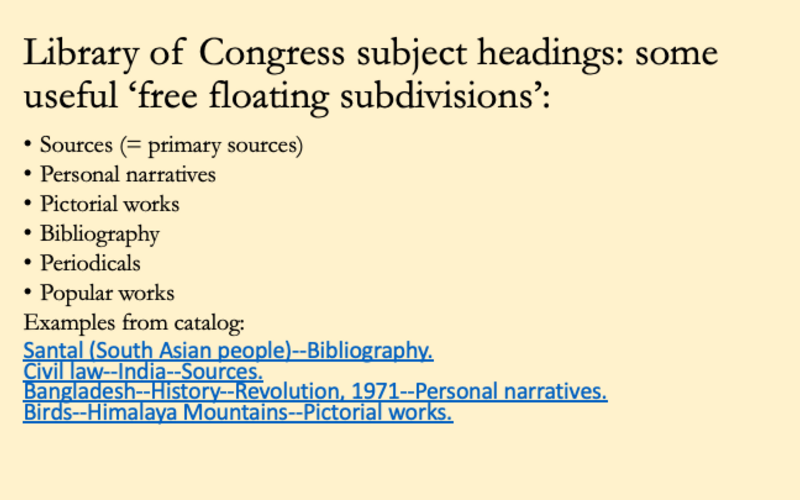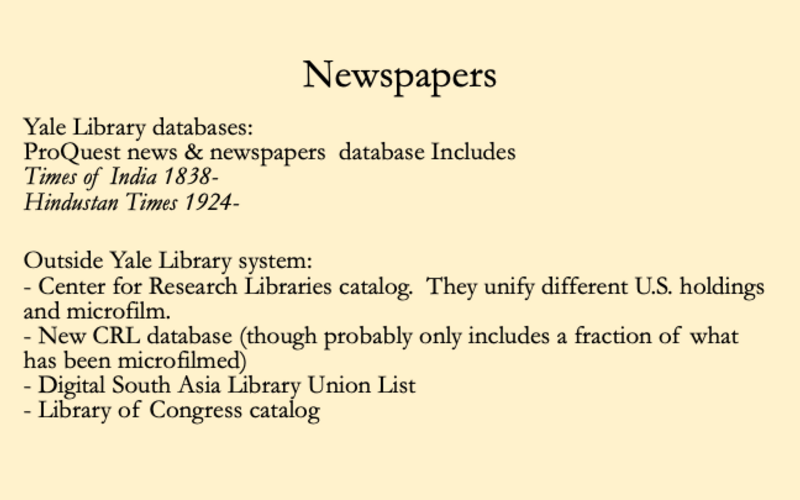To call Yale’s library collections extensive is a failure of the imagination: the Yale University Library system holds over 15 million objects in its various collections. But navigating that abundance of information can be a challenge, especially when investigating topics in South Asia. In “Doing South Asia Research at Yale Library,” on Thursday, 2/17, Brent Bianchi, Librarian for South and Southeast Asian Studies, sought to provide some direction to students and researchers trying to make the most—or simply make sense—of Yale’s holdings. The hour-long talk went over the various functions of the Yale library website, strategies for the different kinds of catalogs and databases available to Yale affiliates, and provided an overview of specific areas and resources of interest to South Asia.
Before coming to Yale, Bianchi spent several years in South and Southeast Asia. Most recently, he worked for two and a half years as head librarian and instructor in anthropology at Royal Thimphu College in Thimphu, Bhutan. In that capacity he served as a supervisor of the first undergraduate anthropology program in Bhutan, which graduated its first batch of students in 2021.
Bianchi began the presentation with an image of a carving at Sterling inspired by the maps of the Dutch cartographer Jan Huyghen van Linschoten. Van Linschoten stole the secrets of Portuguese navigation and trade during a stay in Goa, ultimately breaking the century-old effort to make the Indian Ocean a “Portuguese lake.” Bianchi used the carving—a piece of North Pole-related imagery in an east-facing room—as a metaphor for the confusion researchers may encounter when trying to find and work through sources. In a series of slides and walk-throughs of, Bianchi offered tips and tricks for using Yale’s collections. These included:
● Going straight to Digital Collections to find digitized sources.
● Understanding the distinctions between Beinecke Library, Manuscripts and Archives (MSSA), and other special collections (like that of the Yale Center for British Art, which is largely autonomous from the broader library system).
● Using Orbis to find physical items and e-books or e-journals, though not necessarily for articles (Articles+) or archives (Archives).
● Using Library of Congress subject headings and free-floating subdivisions to identify categories of sources.
● Using “wild card” chracters like an asterisk or question mark to search databases for words that are often spelled in different ways, like “Hindustan” or “Hindostan.”
● Taking advantage of the newly accessible Hindustan Times archive, which dates back to 1924, and the Times of India collections, which go back to 1838, and using parentheses to search for terms in multiple newspapers.
● Introducing the audience to the South Asia Open Archives database, an expanding database of South Asia-related materials.
Byline: Daevan Mangalmurti



